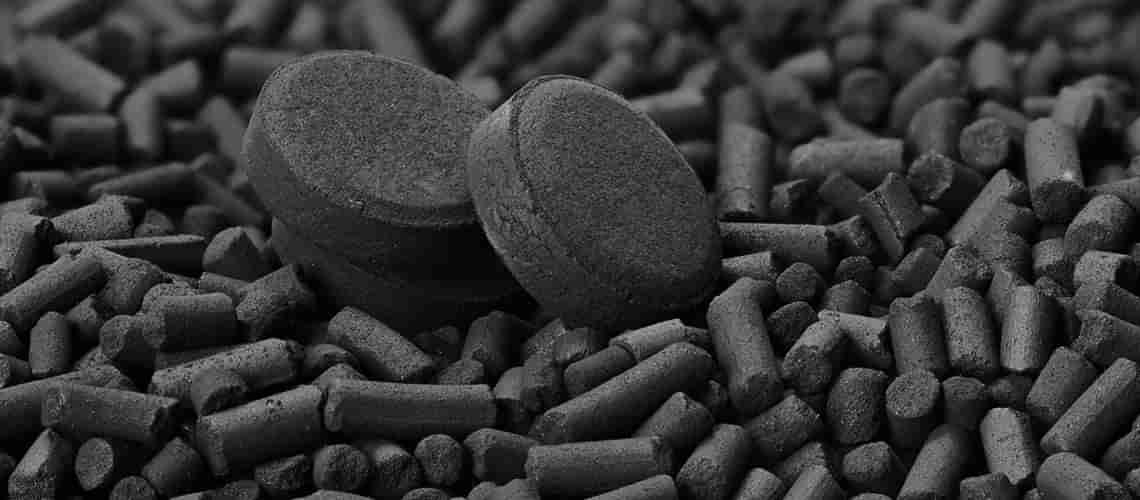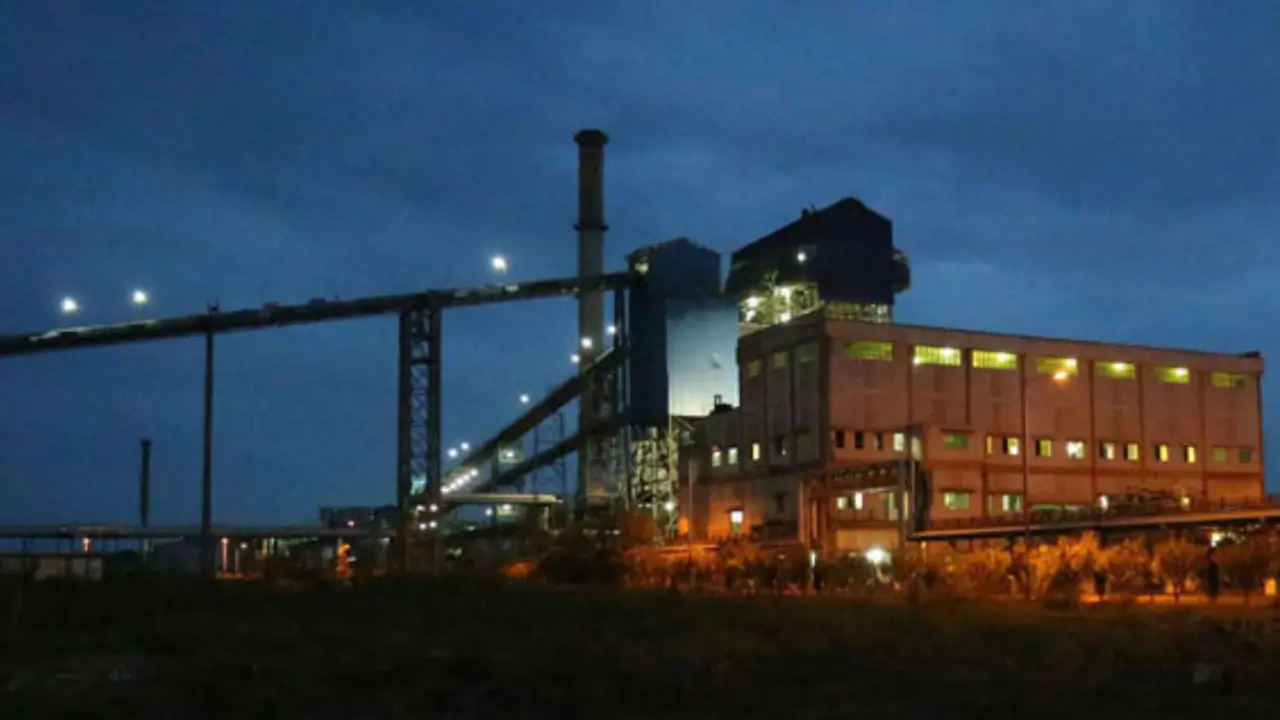- About
- Industries
- Products
- Wastewater Treatment
- Conventional Effluent Treatment: AQUASEP
- Toxic Refractory < 60,000 COD Removal: Catalytic Hydro-oxidation CHD-Ox
- Wet Air Oxidation for TOXIC > 60,000 COD : THERMOX
- Nanobubbles in Water Treatment: NANOPOREX-E
- Chemical-Free Cooling Tower Technology – A Sustainable Solution: ZEPHYR
- MVR for ZLD: Vapozem
- Membranes in wastewater Treatment: PROMEM
- TSS removal and Product recovery using Ceramics: PORESEP
- Heavy Metals and Trace Contaminant removal using Resins: SORBION
- Improving Efficiency of your sand bed filters: NANOMATRIX
- Choosing the Right technology for Wastewater treatment: Wastewater Treatability Studies’
- Reduce/Recover Oil from Wastewater: DISORB
- Produced Water Treatment: PWT
- Non Biofouling Membranes in wastewater Treatment: PROMEM-B
- Advanced Bioaugmentation Culture: BIOPORE
- Cavitation using Ultrasonics: RUSONICS-E
- Oxygen Generator System for Industries: OXYLIFE
- Process Solutions
- Precious Metal catalyst Filtration: CONTUFILT-M
- Activated Carbon Filtration: CONTUFILT-AC
- Raney Nickel Catalyst Filtration: CONTUFILT-RN
- Hot Gas Filtration: CONTUFILT – MH
- Biosolids removal using ceramics: PORESEP
- MVR for ZLD: VAPOZEM
- Ion Exchange-based RESINS: SORBION
- Dehydrating solvents by Zeolite Membranes: SOLVOSEP
- HiGee Continuous Distillation: ROTASEP
- Molecular Separation by Membranes: PROMEM
- Filtration & Separation
- Precious Metal catalyst Filtration: CONTUFILT – M
- Activated Carbon Filtration: CONTUFILT-AC
- Raney Nickel Catalyst Filtration: CONTUFILT-RN
- Hot Gas Filtration: CONTUFILT – MH
- Ceramic Dynamic Membrane Filtration: PORESEP
- MVR for ZLD: Vapozem
- Nano-Bubbles Improve Process Efficiency: NANOPOREX
- Alternate to Continuous Distillation / Rectification: ROTASEP
- Liquid-Liquid Extraction Mixer Settler: SEPARIX
- Ion Exchange-based RESINS: SORBION
- Pervaporation: Dehydrating Solvents and Separating Mixtures: SOLVOSEP
- Cartridges & Filter Bags: FLOWSEP™
- Molecular Separation by Membranes: Recovery and Isolation: PROMEM
- Colour / Organics / VOC Removal: CARBOSORB
- Oxygen Generator System for Industries: OXYLIFE
- RUSONIC – Sonochemistry
- Magnetic Separator Technology: MAG-Filt
- Wastewater Treatment
- Resource
- Contact Us
Boosting Robotic Solar Panel Cleaning Efficiency with Nanobubbles
Top Posts
5 Applications of Nanobubbles in Agriculture
How to Increase Yield Without Using Fertilisers?
The efficiency of Solar panels is affected by the accumulation of dust, grime, and other environmental pollutants on the surface. Solar farms perform regular cleaning to maintain their performance which can be close to optimum. This problem persists mainly in areas with high dust concentrations like deserts or industrial zones. Conventional cleaning methods have many disadvantages – dependency on Manual labour and the use of wasteful water-based cleaning solutions. The methods are labour-intensive, waste a lot of water and if not handled properly also damage the panel surfaces. Solar Industry is growing with leaps and bounds and the need for more cost-effective, environmentally friendly, and efficient cleaning solutions is prime.
Robotic automation in solar panel cleaning assisted by NANOPOREX – Nanobubbles is an innovative, water-efficient, and effective solution. NANOPOREX – Nanobubbles are tiny gas-filled bubbles that measure less than 200 nm in diameter. These nanobubbles easily penetrate and dislodge dirt particles, enhancing the cleaning process with very little use of chemicals or water. ECOPARK Robotic systems eliminate the need for manual cleaning, providing an automated solution that can work continuously without much human intervention. Effective cleaning reduces downtime and maintenance costs, this also extends the online life of the solar panels.
Technical Considerations :
Nanobubbles Mechanism: Nanobubbles generate high surface energy, which allows them to adhere to contaminants on solar panel surfaces. The bubble’s charge helps the bubbles stay separated and then effectively collapse to create microjets on the panel surface. This dislodges particles without damaging the panels’ surface, which gets damaged by the abrasive scrubbing required in the absence of these nanobubbles.
Robotic Cleaning Efficiency: The robotic system is integrated with nanobubble technology, and then programmed to clean solar panels at regular intervals, ensuring panels remain clean and work efficiently. The robots are programmed to move across large solar farms precisely, reducing the need for water and manual labour.
Water Conservation: Nanobubble technology reduces water consumption by up to 80% compared to traditional cleaning methods. This makes it ideal for arid regions where water is scarce.
Benefits:
1.Efficient Cleaning: Nanobubbles penetrate deeply into dust layers, ensuring thorough cleaning without scratching or damaging solar panels.
2.Water-Efficient: The use of nanobubbles reduces the amount of water needed for cleaning, promoting sustainability.
3.Automation: Robotic systems can work autonomously, reducing labor costs and allowing continuous operations without human intervention.
4.Environmentally Friendly: Minimal use of chemicals and water contributes to an eco-friendly cleaning process.
5.Extended Panel Life: Regular, gentle cleaning ensures solar panels maintain their performance and reduces wear and tear over time.
Applications:
Large-Scale Solar Farms: Automated nanobubble cleaning systems are ideal for large solar installations, particularly in remote or arid regions where water is limited.
Commercial Solar Installations: Industrial and commercial buildings with rooftop solar panels can benefit from consistent cleaning without interrupting operations.
Residential Solar Panels: Smaller, automated systems could be adapted for home solar panels, providing regular maintenance with minimal effort.
Dusty and Polluted Areas: Nanobubble technology is especially effective in areas with heavy dust, such as deserts, construction zones, and industrial regions.
Nanobubbles in solar panel cleaning, powered by robotics, present a revolutionary way to maintain solar panel efficiency, reduce water consumption, and lower operational costs, contributing to a cleaner, more sustainable future.
Conclusion
A novel approach to solar panel maintenance combines robotic systems and nanobubble technology, providing a sustainable and cost-effective solution.
When employed synergistically for solar panel cleaning, robotic automation and Nanoporex nanobubble technology can significantly enhance the longevity and efficiency of solar energy systems.
Learn more about the technology.
Related Posts

Industries
Wastewater Treatment
Separation Sciences
Contact
Sign in for latest updates
Stay informed with the latest updates from Diva Envitec! Sign up for our newsletter to receive exclusive news, insights, and case studies directly to your inbox.

Copyright © 2024 Diva Envitec
Terms of Service
Privacy Policy
Industries
Wastewater Treatment
Separation Sciences
Contact
Sign in for latest updates
Stay informed with the latest updates from Diva Envitec! Sign up for our newsletter to receive exclusive news, insights, and case studies directly to your inbox.


